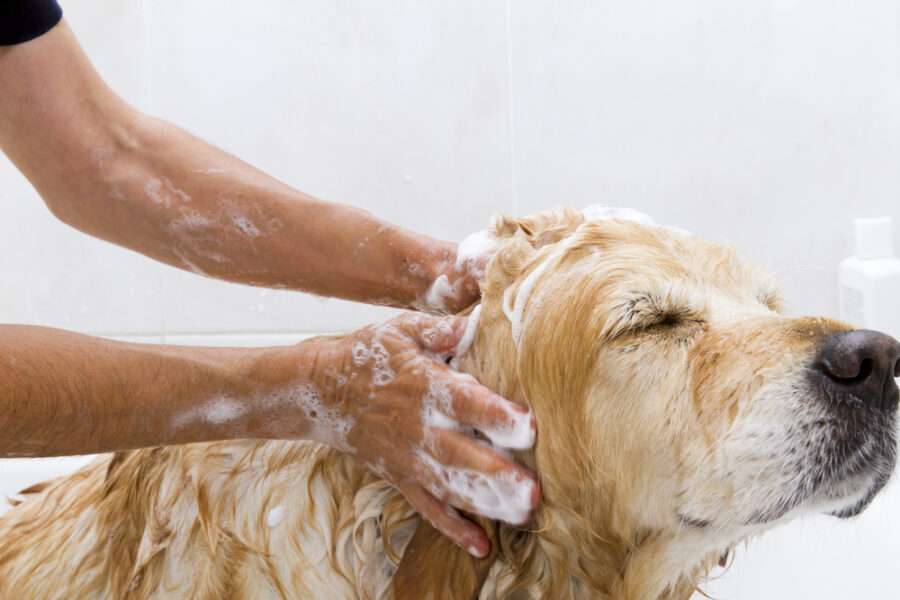Ensuring decontamination preparedness for dogs in emergencies.
In the wake of natural disasters and other emergency events, the need to swiftly and efficiently decontaminate companion animals is paramount. Recognizing this critical need, the Texas A&M School of Veterinary Medicine & Biomedical Sciences (VMBS) Veterinary Emergency Team (VET) has spearheaded the development of groundbreaking protocols for animal decontamination.
What the Decontamination Roadmap Offers
Soon to be published in the journal Disaster Medicine and Public Health Preparedness, the guidelines offer a comprehensive roadmap for disaster management teams nationwide. They outline the necessary resources and procedures for effectively cleaning external contaminants, including toxic chemicals, from companion animals.
At the helm of this initiative is Dr. Debra Zoran, a professor in the VMBS Department of Small Animal Clinical Sciences and the VETs interim director. Under her leadership, the research team has devised streamlined systems for decontaminating dogs, reducing the

process to just ten to 15 minutes per animal.
Every kind of disaster, whether its a tornado or an explosion at an industrial facility, has its own challenges, said Dr. Zoran, But one thing most have in common is exposing people and animals to harmful substances that can cause health problems.
Central to the efficiency of the decontamination system is the utilization of readily available materials, ensuring affordability and accessibility for communities across the country. For example, the team’s washing stations, crafted from large plastic tubs with drainage holes, can be easily replicated using materials found at feed and hardware stores.
How the Protocol Was Developed
To optimize the decontamination process, the team conducted rigorous testing, comparing different soaps and simulating oil-based contaminants using Glo-Germ, a glow-in-the-dark lotion. Their findings underscored the effectiveness of liquid dish soap for removing oily substances, reaffirming its superiority over antibacterial alternatives.
Variability a Factor
However, the team acknowledges the variability of real-world scenarios and emphasizes the need for flexibility in their guidelines. Factors such as a dogs coat length and temperament can influence the duration and resource requirements of decontamination efforts. As such, emergency planners must remain adaptable and prepared for diverse circumstances.
Looking Forward
Dr. Zoran and her collaborators plan to expand their research to encompass a broader range of pets, including cats, and gather more precise data to enhance emergency preparedness efforts. By disseminating their findings and insights, they aim to empower veterinary professionals and disaster responders to effectively safeguard animal health in times of crisis.
The pioneering work of the Texas A&M Veterinary Emergency Team represents a significant advancement in disaster preparedness and response. Their innovative protocols for animal decontamination offer invaluable guidance for emergency management teams nationwide, ensuring the swift and efficient protection of companion animals in the face of adversity.







